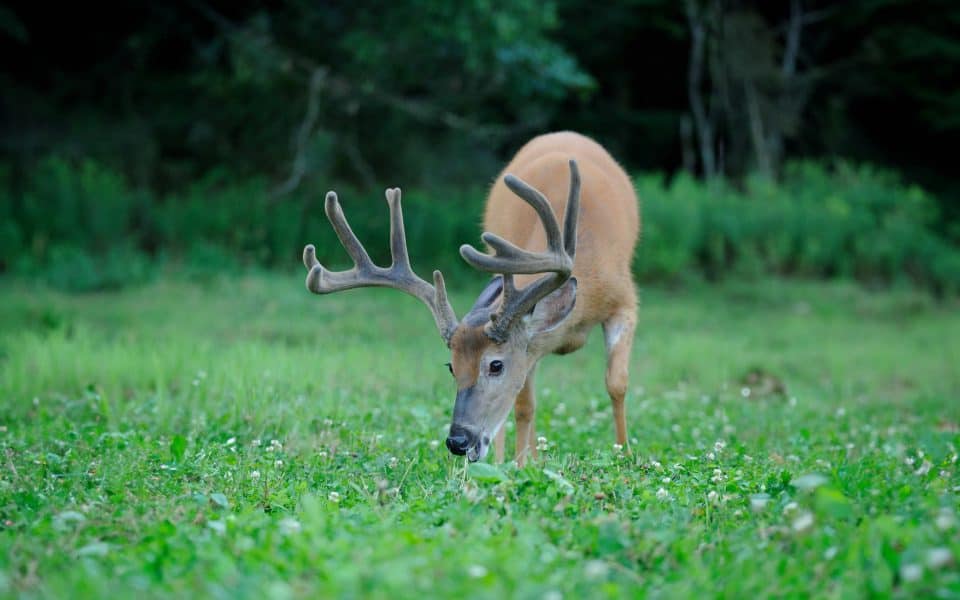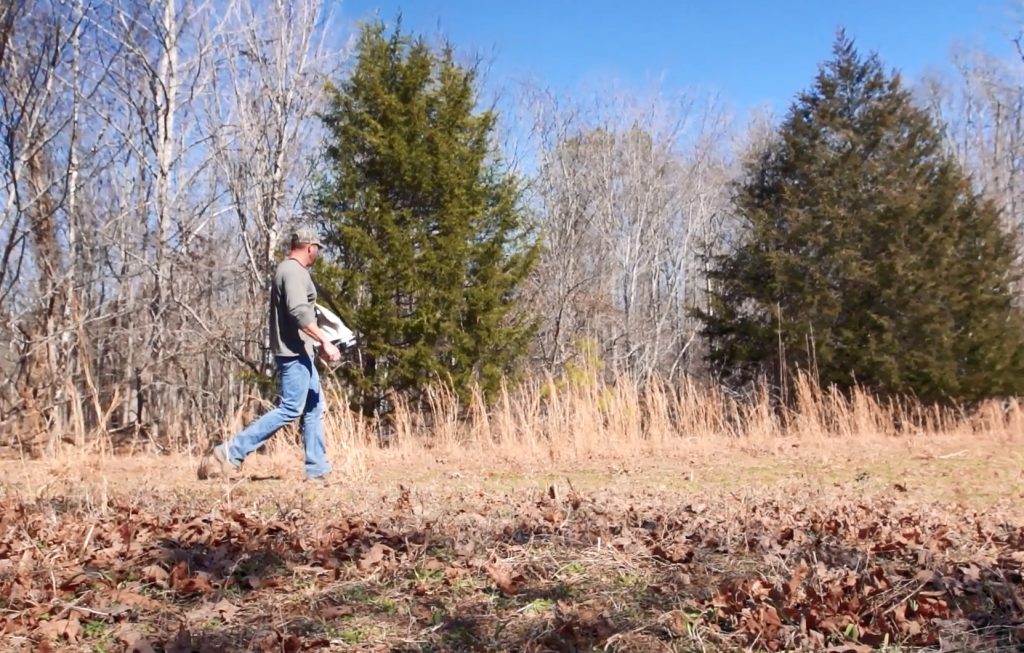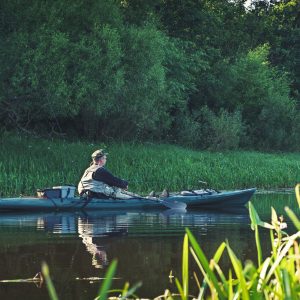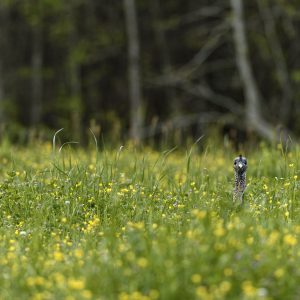Frost seeding clover offers a great technique for gaining an early start to the spring growing season and establishing one of wildlife’s favorite perennial food sources. You can frost seed clover into existing clover plots that require refreshing or rotate perennials into plots that were planted in annuals the previous fall, using very minimal equipment. With soil testing, fertilization, weed control and liming, perennials like Non-Typical Clover or Clover Plus can last for years.
What is Frost Seeding?
Frost seeding, performed by broadcasting seeds directly onto the soil surface during late winter or early spring freeze and thaw cycles, exploits the heaving process caused by nightly freezing and daytime thawing. This phenomenon creates cracks that trap small perennial clover seeds, essentially “planting” them. Time-lapse photography captures the dynamic ground movement, portraying the soil’s rhythmic expansion and contraction. This freezing and thawing action enhances seed-to-soil contact. As spring arrives and soil temperatures rise, the seeds germinate, initiating the growing process. To successfully frost seed perennials, you ideally require exposed soil or food plots that animals have browsed down close to the soil surface. Heavy thatch and vegetation will keep the seed from making it to the soil and prevent good germination. Frost seeding optimizes the natural processes for effective perennial growth.
How do I Frost Seed Clover?
Most any method of broadcasting seed will work, ATV and hand spreaders are typically the most accurate way to evenly distribute the seed across a plot. This method is popular in areas where it is difficult to get tractors and equipment when the ground is wet in the late winter/early spring. As long as you can get to the plot by ATV or on foot, this process is an easy and economical option. To avoid ruts and minimize soil disruption, it helps to broadcast your seed early in the morning when the ground is still hard and frozen on top. Cultipackers also can be used before and after broadcasting to press the seed into soils with a lot of clods or uneven areas that need leveling.
When to Frost Seed?
Late winter is the ideal time for frost seeding, we generally look for a time in February when the temps are still allowing the freeze/thaw cycle to happen. Look at where you live at and the average last hard freeze date and back up a couple weeks for good timing.
3 Advantages of Frost Seeding Clover

-
Less weed pressure
A huge benefit of frost seeding is weed suppression, with the lack of soil disturbance versus working up the soil, you start off the spring with a much cleaner food plot. Whenever you turn the soil with a disc or tiller, expect a weed flush to follow soon. These weed flushes can be direct competition for your young perennials that you just planted.
-
Maximizing the amount of growing time for the clover
By frost seeding the in late winter or early spring, the clover seed will start to germinate as soon as the soil starts to warm up. This is in contrast to traditional planting during spring when wet soils can delay working up the ground resulting in later planting times that get close to stressful summer weather.
-
Moisture Availability
More soil moisture will be available during the late winter/early spring versus the late spring and summer when increasing temperatures start to dry out the soil. Adequate soil moisture is key for germination and seedling health of your clover so it is ready to take off once the soil warms up.







